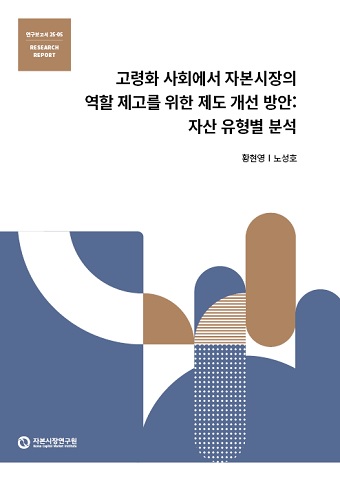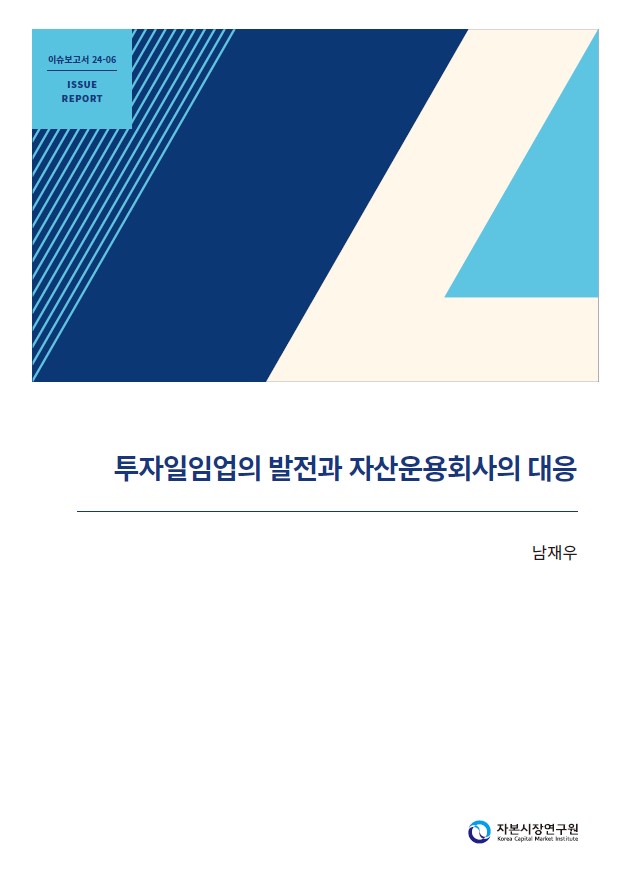Find out more about our latest publications
54 Results

Open-end funds provide investors with a high level of liquidity. However, their structure, which guarantees redemptions regardless of the actual liquidity of the underlying assets, creates fairness issues among investors. Specifically, transaction co...

This study examines the financial challenges that may arise as Korea transitions to an aging economy and discusses institutional and policy responses for each of the major asset classes held by older households. Korea's aging population is p...

In Defined Contribution (DC) plans, assets are directly managed by plan members. It has been well-documented in Korea that once DC plan members select an investment product, they tend to consistently contribute funds without frequently adjusting thei...

As of the end of 2022, discretionary investments by asset management companies (AMCs) reached KRW 600 trillion, growing at a CAGR of 7.8% over the past 12 years. Such dramatic growth was largely driven by the expansion of the overseas sector. However...